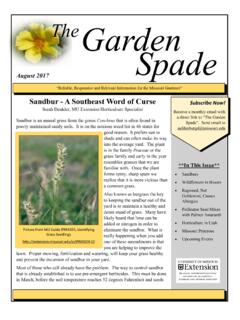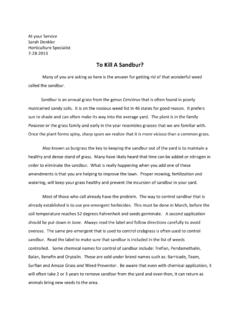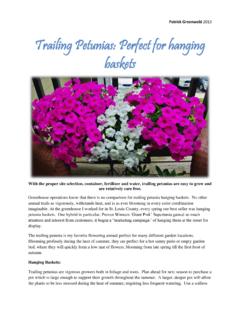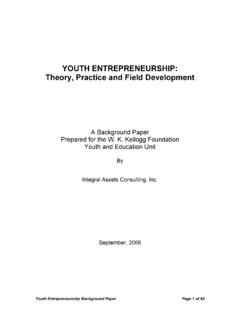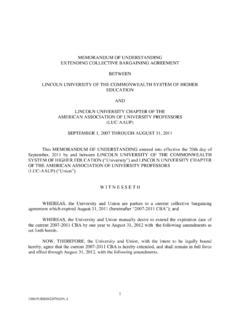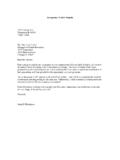Transcription of CAPE GIRARDEAU COUNTY - University of Missouri
1 University of Missouri , lincoln University , Department of Agriculture and Local Extension Councils Cooperating equal opportunity/ADA institutions cape GIRARDEAU COUNTY 684 West Jackson Trail Box 408 Jackson, MO 63755 PHONE: 573-243-3581 FAX: 573-243-1606 E-MAIL: WEB: http://extension . Fertilizer Math In order to be able to calculate amount of product needed to apply according to your soil test, you will need to find the percent nutrient content of each product considering using. University of Missouri Extension does NOT endorse any one product. Always check with supplier and/or the label. General Terms: 6 inch acre furrow slice The default soil test recommendations are based on a 6 core sample depth. Therefore, it is important to be consistent in sampling depth in order to obtain best results.
2 If a sampling depth is not 6 the soil lab form may have a spot to enter a different depth. Parts Per Million (PPM) - The 6 acre furrow slice represents 2 million pounds of soil per acre. Some labs will convert lab analysis levels of phosphorus (P), potassium (K), calcium (Ca), magnesium (Mg), zinc (Zn), sulfur (S), boron (B) from PPM to pounds (lbs) per acre while some do not. PPM Conversions: 6 sample: PPM x 2 = lbs/A lbs/ton = PPM x lbs/acre-inch= PPM x 12 sample: PPM x 4 = lbs/A lbs/1000 gallon = PPM x % = PPM x pH This is a measurement of active hydrogen (H) ions in the soil. The level of H in the soil determines its acidity when below (neutral) or alkalinity when above The letter p indicates that hydrogen is a log scale of 10.
3 Soil movement on the pH scale of unit is 10 times more/less acidic. Ex: pH is 100 times more acidic than pH MU labs measure a salt pH while some commercial labs will measure a water pH. These measurements are both of hydrogen however the water pH will be units higher. So a pH water of would measure pH in salt. Refer to MU Guide 9102: Buffer pH index value used to determine nuetralizable acidity ( ) Calculation: = buffer pH Effective Nuetralizing Material (ENM) standard measurement of limestone to reduce acidity. All ag lime in MO is analyzed for purity and fineness of grind which determines ENM. Check with your limestone dealer for the guaranteed analysis ENM per ton of their lime. Refer to MU Guide 9102: Organic Matter (OM) Percentage of humus in a 6 acre furrow slice.
4 It takes 10 lbs of organic material to make 1 pound organic matter. Mineralization of each 1% OM will provide approxmately 20 lbs N, 5 lbs P2O5, 2 lbs Sulfur per year Nitrogen (N): Plant available nitrogen is in the form of nitrate (NO3). The other measurable form of nitrogen that readily coverts to nitrate is ammonium (NH4). N is needed for complete plant growth (root and shoot). Nitrogen recommendations are based on crop need and are given in actual (available) units. Nitrogen fertilizer sources contain a percentage of actual N per pound of fertilizer material. Common N sources: Urea 46% N Urea-Ammonium Nitrate (UAN) solution 28% or 32% N Ammonium sulfate 21% N Anhydrous ammonia 82% Ammonium nitrate 34% N Diammonium phosphate (DAP) 18% *UAN is an 11 pound/gallon liquid product University of Missouri , lincoln University , Department of Agriculture and Local Extension Councils Cooperating equal opportunity/ADA institutions Phosphorus (P): Plant available phosphorus is in the form of phosphate (P2O5).
5 P is needed for root development and energy (ATP). Bray I and Mehlich III soil analysis gives the plant available phosphorus on a soil test. Phosphate recommendations based on soil test levels + crop need. Phosphorus fertilizer sources contain a percentage of P2O5 per pound of material. Common P sources: Diammonium phosphate (DAP) 46% P2O5 Triple Super Phosphate 46% P2O5 Other sources available. Potassium (K): Plant available potassium is in the form of (K2O). K is needed for plant health. K2O recommendations based on soil test levels + crop need. Potassium fertilizer sources contain a percentage of K2O per pound of product. Common K sources: Potash 60% K2O Other sources available. Sulfur (S): Plant available sulfur is in the form of sulfate (SO4).
6 S is needed for N use in plants. Sulfur recommendations based on Organic Matter ( ) and CEC of soil. Common S sources: Ammonium sulfate 24% Calcium sulfate (gypsum) 15% Ammonium thiosulfate solution 26% Elemental sulfur 90% (Elemental sulfur must be applied in time to convert to sulfate before crop need) Mixed Fertilizers: Your major nutrients are generally abbreviated on a fertilizer package as N-P-K which is a percent of pound of product in bag. Many fertilizers come with a source of 2 or 3 of the major nutrients N, P, K and some come with micronutrients. When your soil test recommendations are given based on your yield goal and soil levels of P and K, fertilizer dealers can blend the amounts of N, P, K + micros to deliver a complete fertilizer per acre.
7 Common Pre-Blend Fertilizer Sources: DAP 18-46-0 Ammonium Sulfate 21-0-0-24 (24% sulfate-sulfur) Math Example 1: If a soil test recommendation for 3 ton/A of fescue hay comes back: 120 lb N : 90 lbs P2O5 : 75 lbs K2O Your fertilizer sources needed to meet this recommendation can vary based on nitrogen source. Recommendations will be rounded to nearest whole number: First: determine P2O5 need since the common source of phosphate is DAP which contain 18% nitrogen: 90 lbs P2O5 / = 195 lbs of DAP (18-46-0); 195 lbs DAP x = 35 lbs N Second: determine N need and subtract N credit from DAP (if this is the source) 120 lb N 35 lbs N = 85 lbs N from N fertilizer source (ammonium nitrate for this example) 85 lbs N / = 250 lbs Ammonium Nitrate (34-0-0) Third: determine K2O needed from Potash (0-0-60) source: 75 lbs K2O / = 125 lbs of Potash (0-0-60) Math Example 2: Side dressing 32% UAN on corn at 160 lbs N/A UAN is 11 lb/gallon product therefore: 11 lb/gal x = lb N/gal 160 lb N / lb N/gal = 46 gallons of 32% UAN per acre There are some fertilizer calculators online that can quickly calculate total amount of fertilizer need for your field.
8 Texas A&M: University of Georgia.
